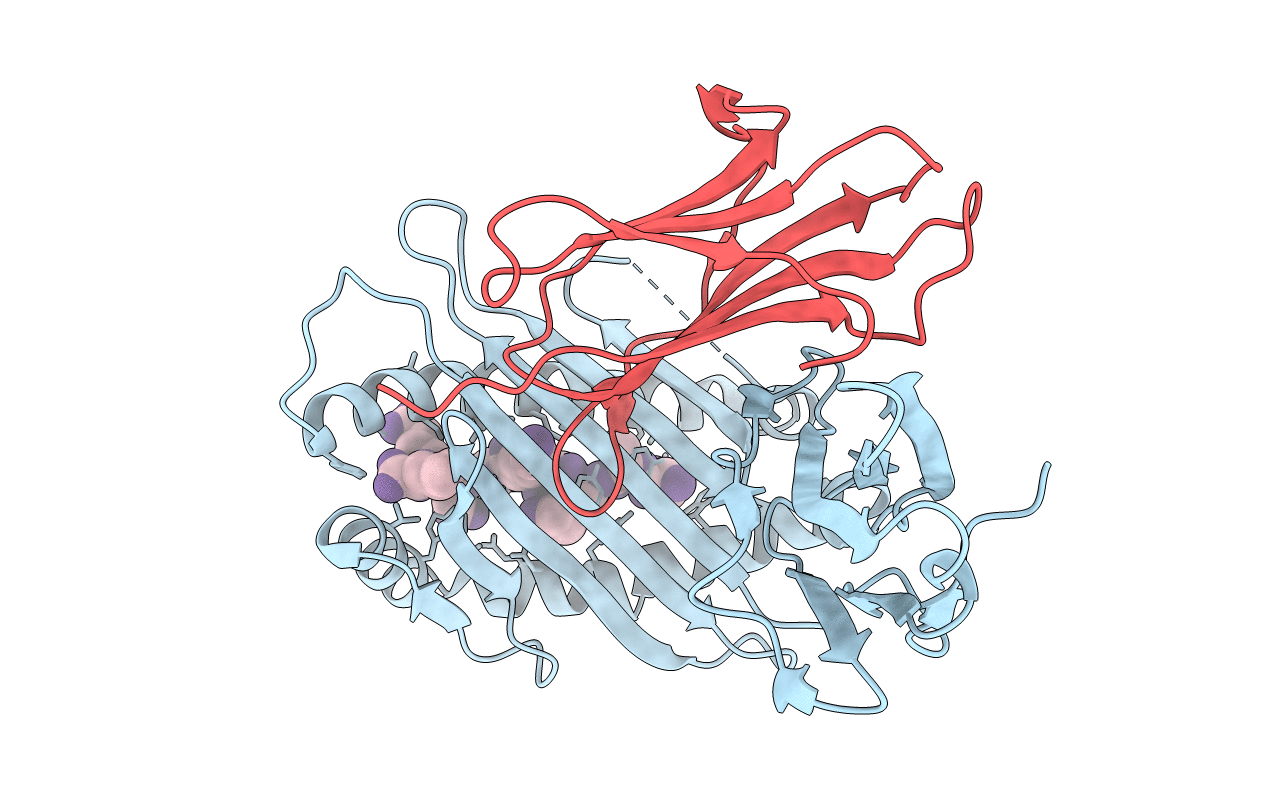
Deposition Date
2014-07-02
Release Date
2014-11-12
Last Version Date
2024-11-27
Entry Detail
PDB ID:
4QRQ
Keywords:
Title:
Crystal Structure of HLA B*0801 in complex with HSKKKCDEL
Biological Source:
Source Organism:
Homo sapiens (Taxon ID: 9606)
Hepatitis C virus (Taxon ID: 11103)
Hepatitis C virus (Taxon ID: 11103)
Host Organism:
Method Details:
Experimental Method:
Resolution:
1.70 Å
R-Value Free:
0.20
R-Value Work:
0.18
R-Value Observed:
0.18
Space Group:
P 21 21 21


